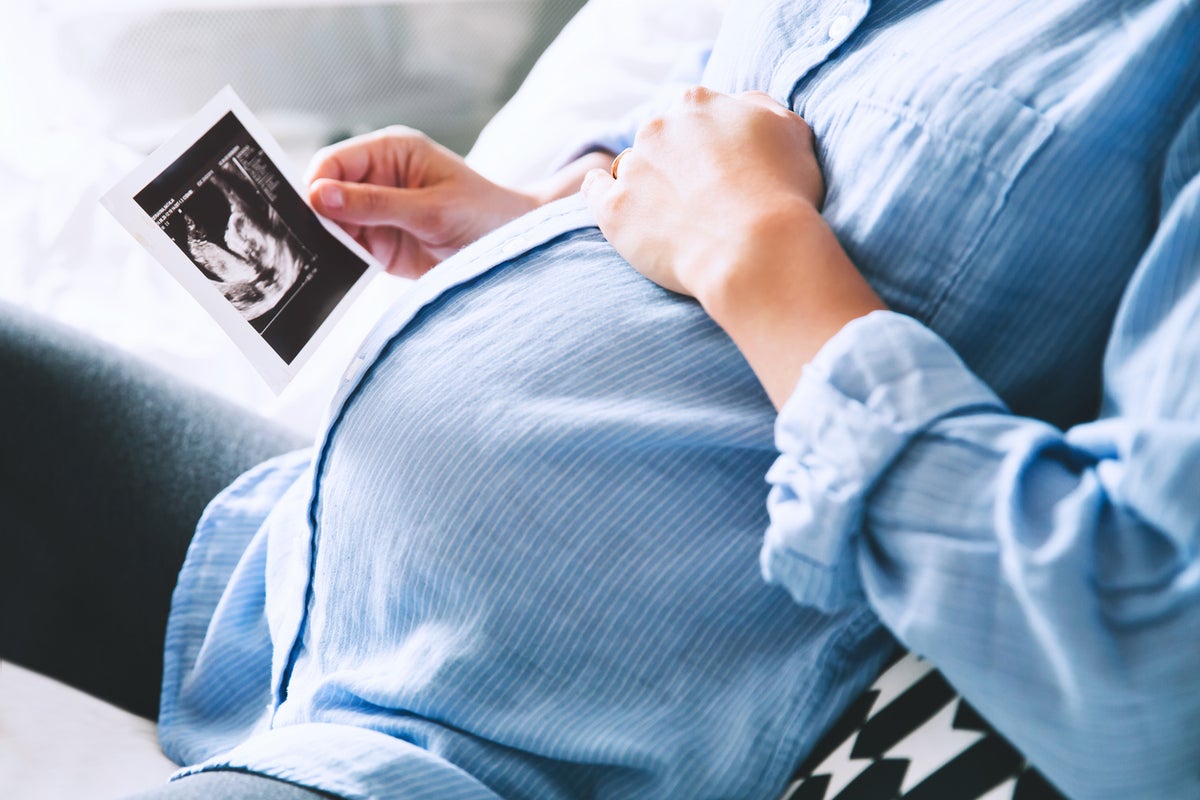Teenage girls in England who come from disadvantaged backgrounds are far more likely to give birth before the age of 20, compared to their peers in higher income brackets.
Academically high-achieving girls from low-income households were 10 times more likely to have reported a pregnancy to a hospital, with a 3.5 per cent chance compared to their equally academic, higher-income peers who had a 0.3 per cent chance.
Pregnancy rates are the highest for low-achieving girls from poorer backgrounds, who had a 12.9 per cent chance by the age of 20. This is 40 times higher than for those in a high-achieving, wealthier group.
John Jerrim, professor of education and social statistics at University College London, who authored the study published in the Oxford Review of Education, said: “Socioeconomically disadvantaged children with high levels of early achievement are perhaps the lowest hanging fruit for promoting social mobility.
“If we are to help them fulfil their potential, we must support this group academically at school, and this needs to be accompanied by arrangements to help them to manage broader issues in their lives. This requires a joined-up approach across education, social care and health services.”
The study identified how numbers differed between high-achieving girls from different socioeconomic groups between the ages of 11 and 20. Success was measured by the result of SATs taken at the end of primary school, classifying those in the top 25 per cent as high-achievers.
Researchers calculated the figures by observing the number of girls who made contact with a hospital due to pregnancy.
“As we are unable to observe terminations, this is largely an indicator of completed pregnancies (i.e. giving birth to a child) rather than of falling pregnant per se,” the report explained.
The latest data available from the Office for National Statistics (ONS) revealed that the rates of teen conception had risen in England and Wales after 14 years of declining rates. Conception rates rose to 1.8 per cent for 16- to 17-year-olds in 2022, and 0.2 per cent for women under 16.
Dr Wendy Taylor, chairperson of the Local Government Authority (LGA) health and wellbeing committee, said: “Teenage pregnancy is not just a public health issue, it’s about safeguarding, education, and social justice.
“Supporting young parents is equally vital to improving outcomes and breaking cycles of disadvantage.”
The study also found that high-achieving children from disadvantaged backgrounds were twice as likely to be hospitalised for mental health and behaviour reasons, with an 8 per cent chance, compared to 4 per cent for their peers.
Mr Jerrim said: “The results point to a need for services to develop their responses to the complex needs of young people. This includes ensuring that there is the right environment for early intervention, which is crucial in addressing the diverse challenges faced by young people from different socioeconomic and achievement backgrounds.”

